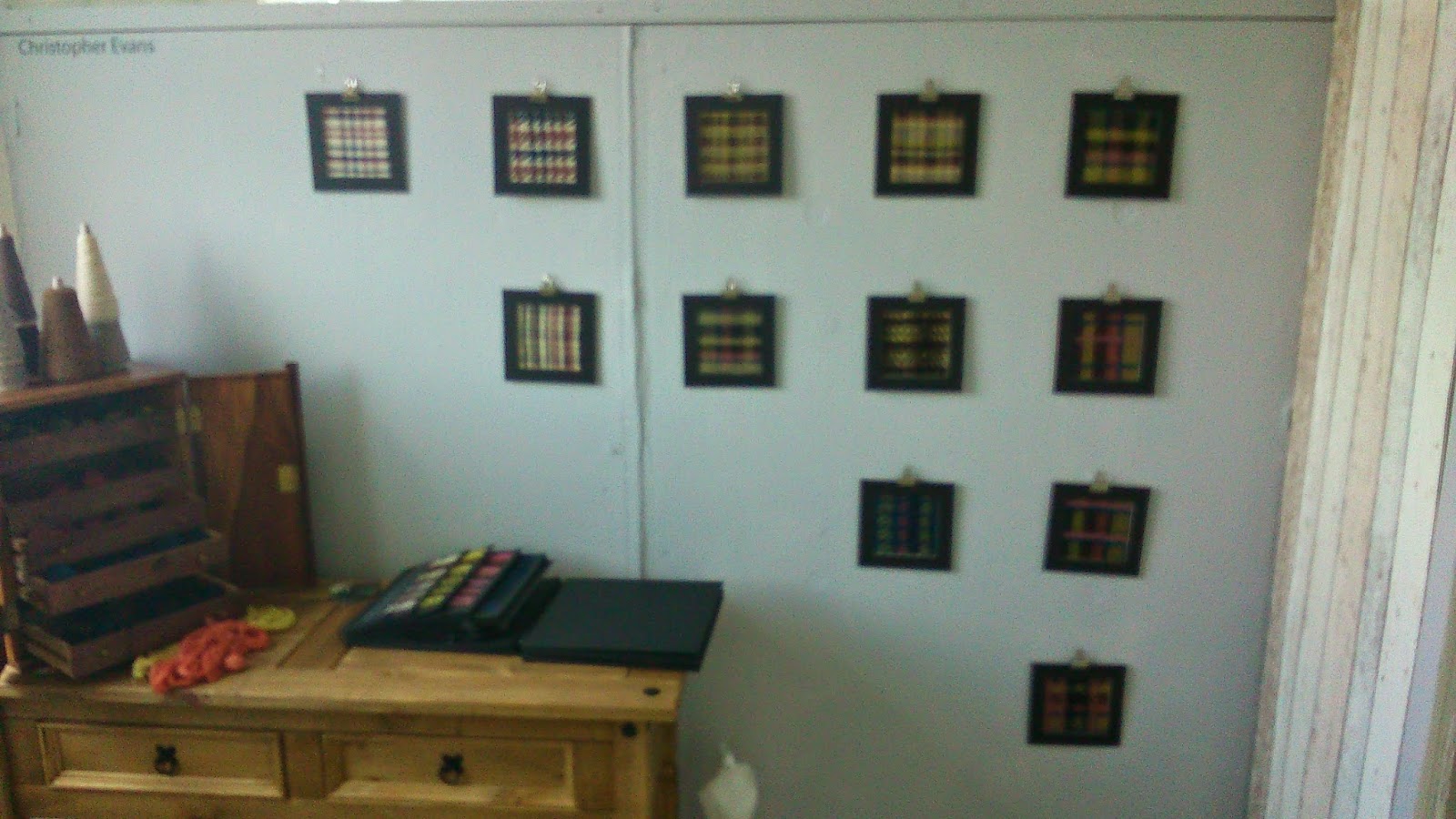"Home is where one starts from"
T.S. Elliot
My name is Qin Li and I am on a work placement with the Learning and Participation team as part of my MA study. During my placement, the most appealing and the most difficult work for me was my ‘Words on Wednesday’ handing table. For my table, I chose the topic of 'at home with a Roman Family', which is mainly about the day to day activities of the Romans at home. There were three themes on my table, women’s work at home - textile working, leisure activities - gaming (board games) and dinner.
 |
| My handling table |
During my display, I used the timeline of the day to join these different themes. When Roman women were at home during the daytime, one of their main tasks was textile working. They were spinning and weaving yarn and making clothes for their families. Due to demand for clothing, the family workshop gradually developed into an industry and played an important role in the Roman economic system. In the Roman Baths collection, I found spindle whorls of various shapes and colours, they are my main objects in this section. Some loom weights and needles were also displayed on the table.
 |
| Spindle whorls made of pottery and shale |
The second part of my display was about Roman leisure activities after work. When they were at home or in the bath house, they enjoyed some leisure time. Gaming is one of the things they did. They used counters, dice and other things to play the board games. In this section, I showed counters of different materials. The Romans used counters of different materials such as ceramic, shale, glass and bone. Visitors seemed to be attracted by the beautiful glass counters.
 |
| Gaming counters made of black and white glass and worked bone |
After the end of work and leisure time, they had dinner time. I chose to show the pots and dishes which were used to serve on the table in this section. Ceramic pots of different colours and textures were chosen. One of my favourite objects is a piece of Samian ware pottery. The mould-made decoration on the Samian is very beautiful, which also attracted visitors’ attention. This piece of Samian is in a good condition and visitors were able to touch it.
 |
| Samian bowl rim |
At my table there were some activities to engage with visitors. In the working section, a replica of the spindle was provided. I tried to learn the Roman spinning technique when I was researching my table. Visitors were very happy to see me show it! In the gaming part, a Roman board game was there for visitors to play. Merels, the Roman three-in-a-row game, attracted many people. Most of them chose to take a board game home with them when they left the table. I hope this little game will give all the visitors good memories of this handling table.
 |
| Visitors enjoying a game of Merels |
Qin Li
Placement Student


















